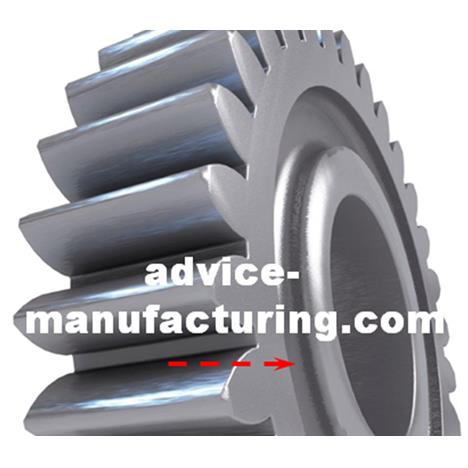'Hands-on Help for SMEs' and Smart Technical People'
Engineering Skills
Chart:
A simple system to closely align employee training to
business skill gaps
Career Management for Engineers
Introduction:
This section features the Engineering Skills Chart – a powerful, yet simple to use document system designed to identify, display and improve skills in your team, department or business. It has been developed as a structured means of illustrating and working towards departmental training and skills requirements. It works by identifying and clearly aligning individuals’ skills and training needs, with those of the team and wider business.
Many manufacturing businesses are currently experiencing skill shortages and are finding it difficult to retain their best staff. In response, forwarding-thinking firms have sensibly invested in training themselves. In addition they have provided incentives for key personnel to remain. Clearly this makes good business sense.
The Engineering Skills Chart system coordinates this process. Importantly, it provides a means for small businesses who haven’t yet started or who are considering improving their skill levels in a structured way, to do so. The Skills Chart system has been developed to be adaptable, enabling it to be rolled out to all teams and departments across the organisation.
Engineering Skills Chart System Purpose
The system enables skills and training requirements to be identified, organised and worked towards, in a structured, yet straightforward manner. All data is illustrated in easy to understand diagrams which can be displayed on departmental notice boards, as well as IT networks. The system focuses on improving skills for all, enabling teams to increase their productivity, flexibility and competitiveness.
Engineering Skills Chart System Sections
The Skills Chart system consists of the three main parts - the Engineering Skills Charts themselves, procedures for team tasks and personnel log books. You can use part or all of the system depending on your requirements. Information is provided about producing procedures (quickly and easily using templates) for those who do not possess them. Alternatively, it is very easy to incorporate existing procedures into the system. Likewise, skills chart and log book templates have been provided to facilitate straightforward completion and use of the system for your business
The section is set out as follows:
- Skills Chart System Advantages
- Getting the Most from the Skills Chart - Useful Tips
- Procedures
- Training Log
- Conclusion
Engineering Skills Chart System Advantages
- Increased productivity, as higher skilled employees work faster and deliver more, to agreed standards.
- Increased quality, also due to standardisation and better understanding.
- A reduction in waste, production costs and lead-times due to the above.
- Ultimately, increased profitability because of the above reasons.
- Highly trained employees, who have a clear understanding about the tasks they perform and who also work in a consistent way.
- Procedures enable new employees to be trained relatively speedily. Therefore their learning curves are shorter and they are productive, more quickly
- A quick method of retraining employees who have been moved to another section or department
- The company appears more attractive to potential recruits as they can see a clear commitment to training and continued professional development.
- Increased staff flexibility, enabling easier cover of holidays or illness.
- Better chance of retaining key employees as they can see and understand the company commitment to training and professional development.
- Thorough and inspiring staff training records form a basis for the business to obtain various recognised accreditations, including quality, training and human resources.
- An ‘off the shelf’ solution for small businesses who have not developed a staff development strategy. Therefore keeping the time, personnel and resources required to a minimum. This is most relevant to small manufacturers who can least afford to allocate resources for this purpose.
- Quality control documents for firms considering ISO quality accreditation.
Next... The Skills Chart 2: Useful tips to drive skills and productivity improvements
Back to Your Career Management
Based on your experience, what’s the Single Best Piece of Advice you’ve heard for a Great Engineering Career?
Have you had an inspirational coach, mentor or manager? Knowing what you know now, what’s the single most effective piece of advice you’d give to a young engineer coming through now?











